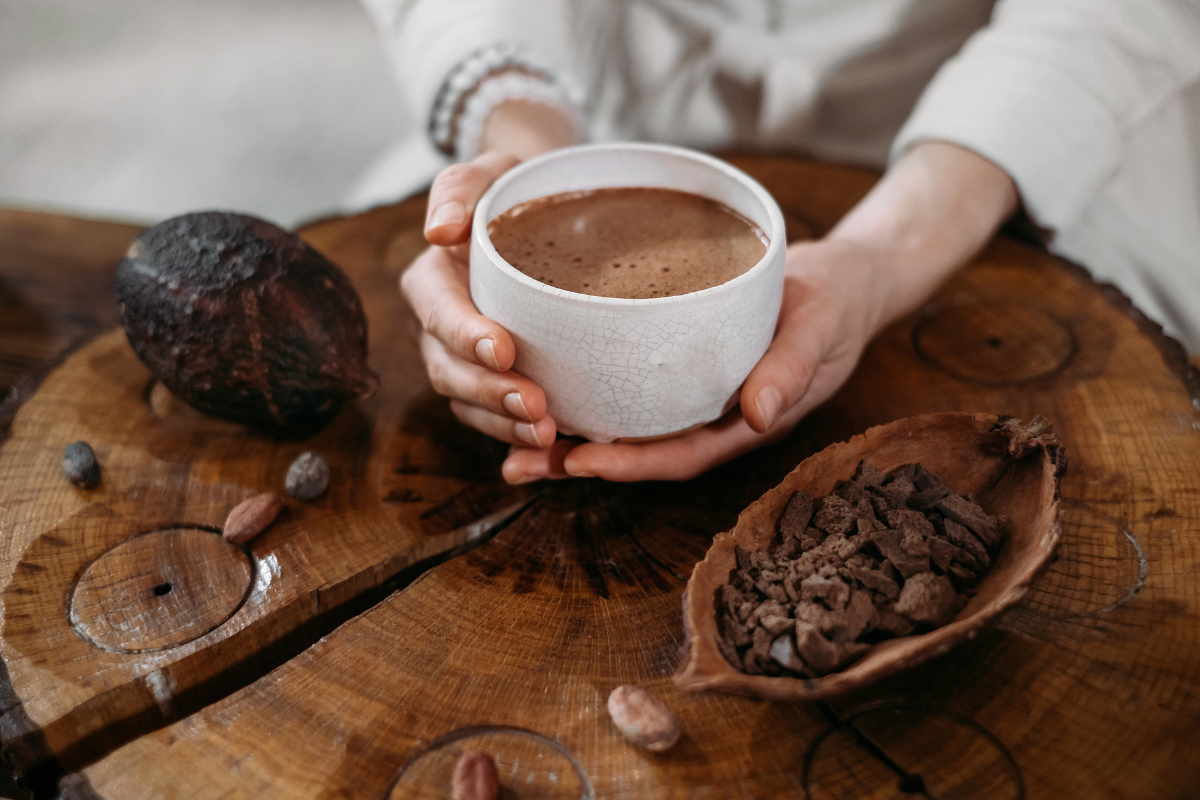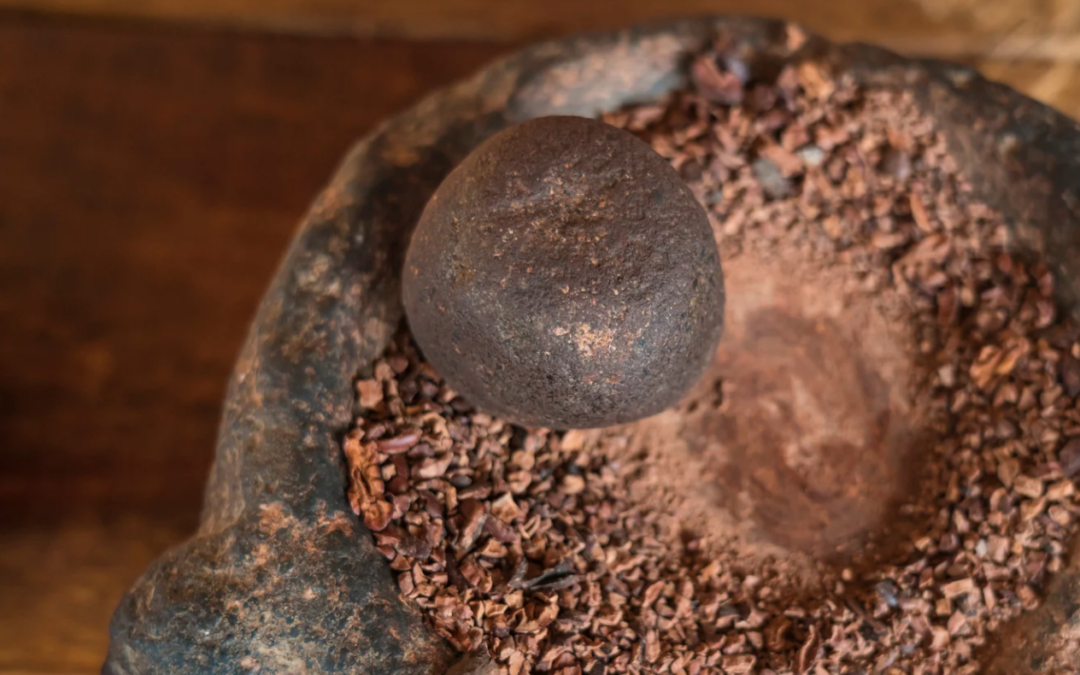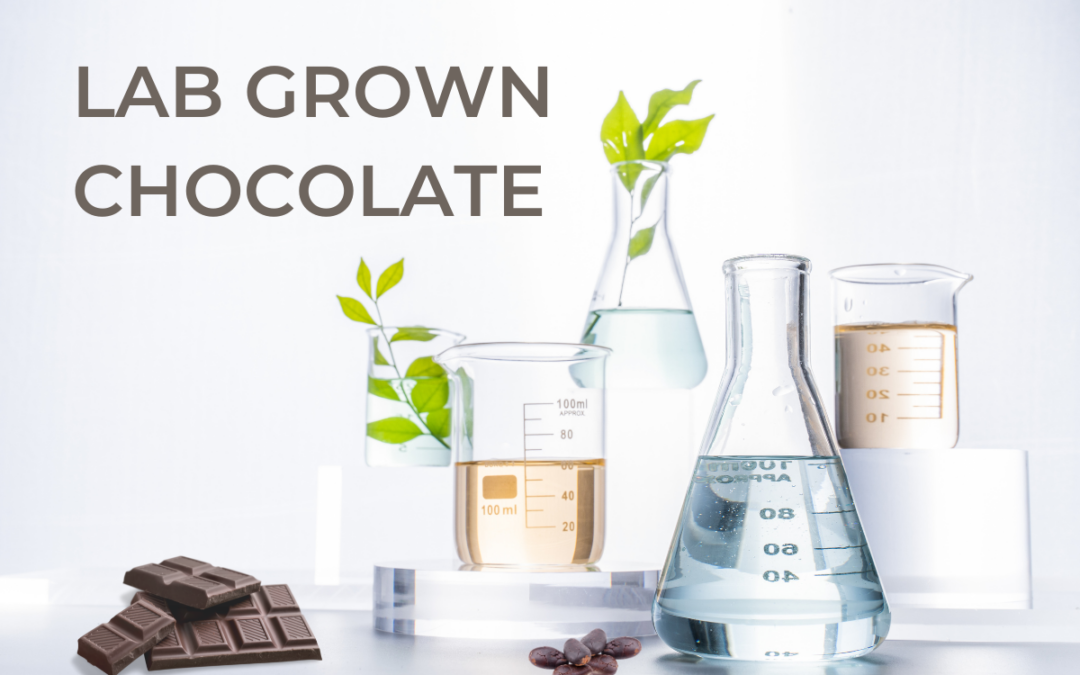Before you answer, let us guess—the first thing that popped into your mind was probably a vision of hot chocolate. It’s a common mix-up, but the reality is that the two drinks are quite different. Drinking chocolate, or sipping chocolate, is exactly what it sounds like—luxurious, melted chocolate you can drink! This extraordinary beverage is made from two simple ingredients: melted dark chocolate with a little cream or milk. It’s richer, thicker, and has a more intense chocolate flavor than American hot chocolate from a packet. Let’s learn more…
The history of drinking chocolate
The history of drinking chocolate dates back to ancient civilizations. The Mayans and Aztecs of Mesoamerica were among the first to grow cacao and make chocolate drinks. But these were not like the chocolate beverages that we enjoy today. These early drinks were often bitter, mixed with intense spices, water, and sometimes cornmeal. No sugar. The drink was highly valued and used in rituals and ceremonies.
When Spanish explorers like Hernán Cortés learned about chocolate in the 16th century, they brought it back to Europe. At first, Europeans drank it as a bitter drink, similar to the Aztecs. Over time, they added sugar and milk to make it sweeter and more palatable for their European tastes.
By the 17th and 18th centuries, drinking chocolate became popular in Europe, enjoyed by royalty and the wealthy. Chocolate houses, like coffee houses, opened in cities like London and Paris, where people gathered to drink chocolate and socialize.
What’s the difference between drinking chocolate and hot cocoa?
Who doesn’t have fond memories of ripping open a packet of hot cocoa, mixing it with hot water and sipping it slowly in front of a campfire on a cold morning. While warming and satisfying, it wasn’t indulgent. Drinking chocolate is indulgent and delicious, even though the ingredient list is quite simple:
Dark Chocolate, Cream or Milk
Here’s a typical ingredient list for hot cocoa:
Sugar, Corn Syrup, Modified Whey, Cocoa (Processed with Alkali), Hydrogenated Coconut Oil, Nonfat Milk, Calcium Carbonate, Salt, Dipotassium Phosphate, Mono- and Diglycerides, Carrageenan, Acesulfame Potassium, Sucralose, Artificial Flavor
You get the point. Today, drinking chocolate is loved for its rich, indulgent simplicity. Modern versions often use high-quality dark chocolate and can be enjoyed plain or with flavors like vanilla, cinnamon, or chili.
What are the different types of drinking chocolate?
- Traditional drinking chocolate: Made from melted dark chocolate and cream. Rich, thick, and intense in flavor.
- European-style drinking chocolate: Uses milk chocolate instead of dark chocolate. Sweeter and creamier than classic drinking chocolate.
- White drinking chocolate: Made from melted white chocolate and cream. Sweet, creamy, and has a subtle vanilla flavor.
- Mexican drinking chocolate: Infused with spices such as cinnamon, nutmeg, or cloves. Spices add warmth and complexity to the flavor.
- Vegan drinking chocolate: Made with dairy-free milk alternatives like almond, soy, or oat milk. Suitable for those who are lactose intolerant or follow a vegan diet.
- Artisanal drinking chocolate: Uses high-quality, artisanal or craft chocolate. Often features unique origins with distinct flavors using premium ingredients.
- Drinking chocolate mix: Shaved chocolate bits that can be quickly prepared with hot cream, milk or water. Convenient and easy to make, and you can customize how rich you want it and which spices, if any, you want to add.
How to make drinking chocolate at home?
When it comes to drinking chocolate, quality matters. Using delicious, high-quality dark chocolate will result in a superior drink. We recommend using at least 57% dark chocolate for a rich chocolate flavor. If you prefer something less sweet, 70% dark chocolate offers an intense, deep chocolate taste. If you are an espresso lover, try 90% dark chocolate. And if you want to keep sugar out of the picture, go with 100% dark chocolate.
Ingredients
- 1.5 oz of your favorite dark chocolate (~½ an average size craft bar)
- 8 oz cream or milk (or vegan alternative)
- 2 vanilla marshmallows (optional)
Method
- If you are not starting with a drinking chocolate mix, begin by finely chopping your chocolate. Aim for uniform pieces to help it melt faster and more evenly.
- In a small saucepan, mix together the dark chocolate and the cream or milk.
- Over low heat, stir constantly to keep the chocolate from sticking and to prevent the mixture from burning.
- Once all the chocolate is melted, increase the heat slightly to medium-low. Keep stirring until your drink reaches your perfect drinking temperature (we recommend around 120⁰F).
- Take it off the heat and give it one final stir to ensure all the chocolate is evenly mixed. Pour it into your favorite mug and add marshmallows on top for an extra treat.
Enjoy!
For more great articles and recipes, check out the rest of our CocoTerra blog.
If you have any questions or comments, feel free to contact us through our social media channels. We are @cocoterra_co on Instagram and Pinterest and @cocoterraco on X (aka Twitter) and Facebook.








